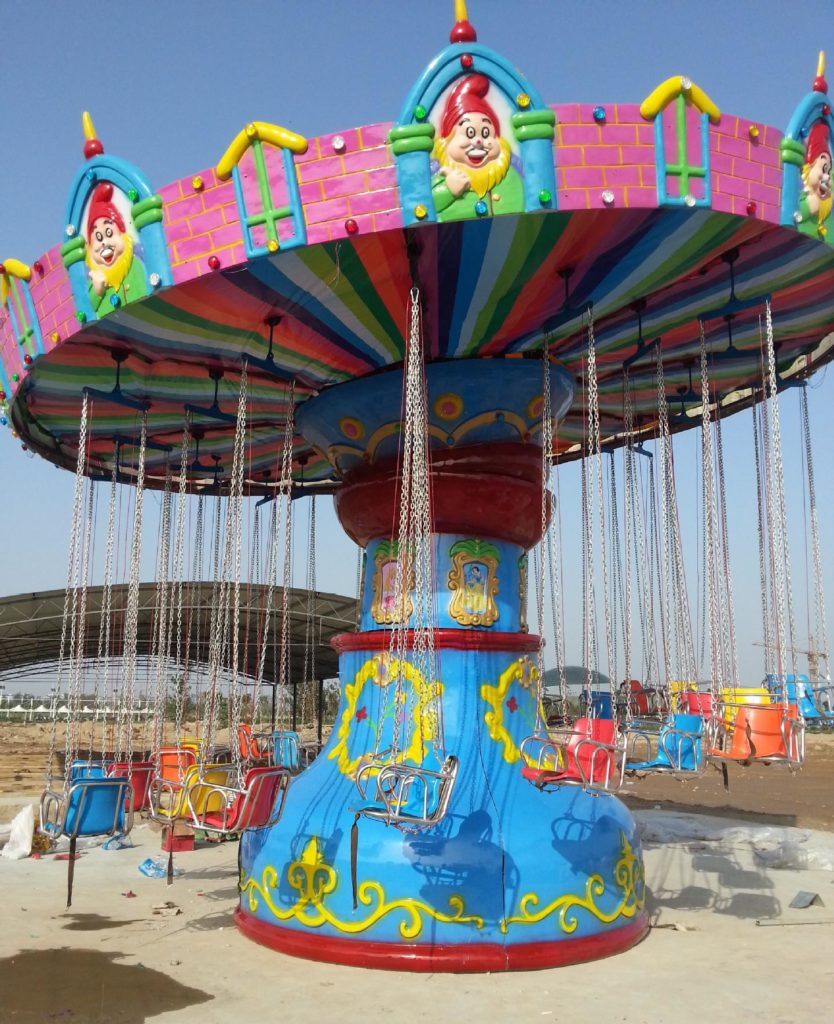A Closer Look At How Chair Swing Rides Work
When it comes to classic amusement park rides, few rides have quite as much appeal as chair swing rides. These rides, which spin around like a carousel, have swings hanging down from the top that people sit in. As they spin, the chairs swing outward, propelling the passengers around and around in circles, high above the ground.
Learning more about how chair swing rides work is a great way to better appreciate the physics behind these rides. That way, the next time you are riding one, you will have a much better understanding of exactly how the ride is put together and why it is so much fun to ride.

The first step in understanding the inner workings of these rides is to take a closer look at how they are constructed. Most of these rides have a large central pole. Attached to the top of the pole is a round disk. The overall appearance of the ride from far away is a bit like a mushroom, with a central stem and a much larger disk at the top. More details: http://bestonwaveswingerrides.com/amusement-park-swing-ride-for-sale/
The disc is designed to rotate in a circle, much like a carousel. In fact, the overall concept of these rides is extremely similar to a carousel. The primary difference is that instead of having animals attached to posts coming down from the ceiling, swing rides have chairs that are attached to metal chains or cables.
Each chair is designed as an individual seat that is capable of holding one person. Once the person is seated in the chair, they are strapped in so that they won’t accidentally fall out while the ride is in motion.
After all of the riders have been loaded, the real fun can begin. Once everyone is in their swings, the disc begins to rotate around in a circle, carrying the swings along with it. As it picks up speed, the swings move outward from the center, swinging way out to the side.
This outward motion is the result of simple physics. It all comes down to Newton’s first law. Because the swings are in motion, they have a tendency to stay in motion. When the ride begins to spin, the swings move forward.
At the same time, however, there is another force at work. The chains or cables that the strings are attached to are exerting a centripetal force on the swings, drawing them back toward the center of the disk.
The outward movement of the swings is caused by them trying to move forward in a straight line while at the same time being pulled back toward the center of the circle by the chains or cables. In the end, they wind up spinning around in a circle while swinging further and further out to the sides.
Hopefully, this gives you a better idea of how flying chair swing rides work. Once you understand the basic physics, it is easy to see the underlying forces at work when you watch one of these rides spinning around in a circle.